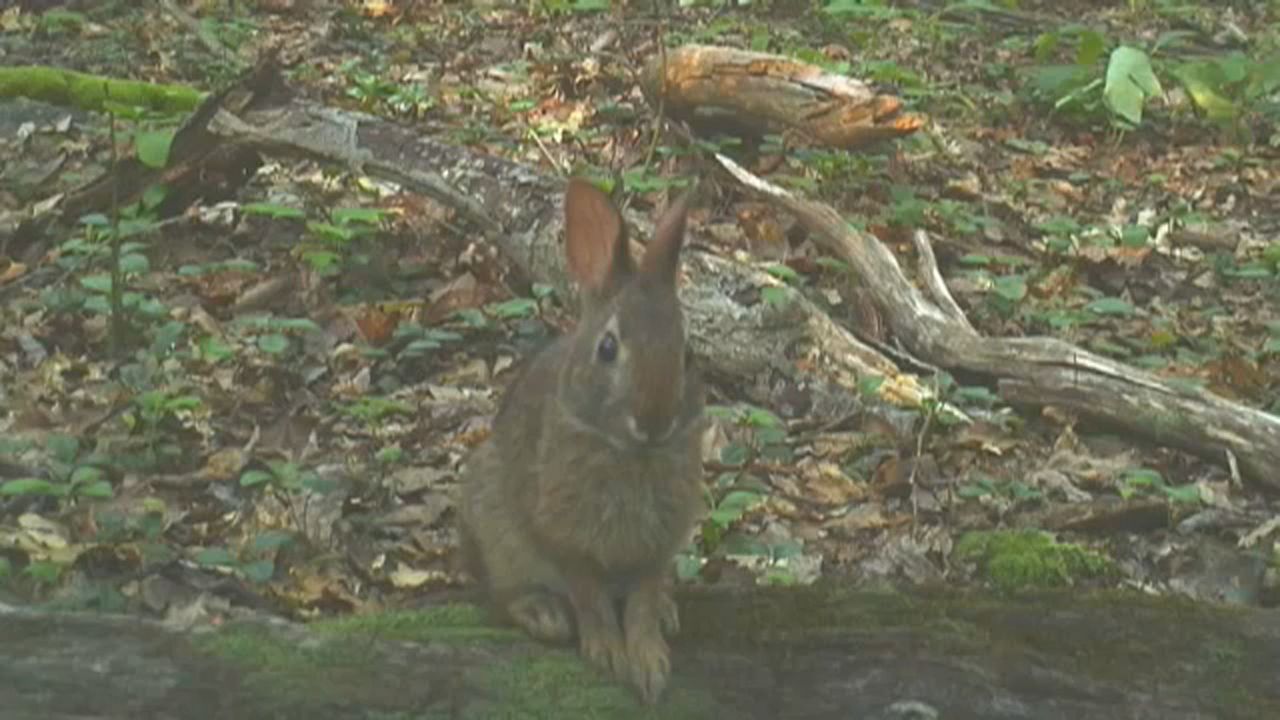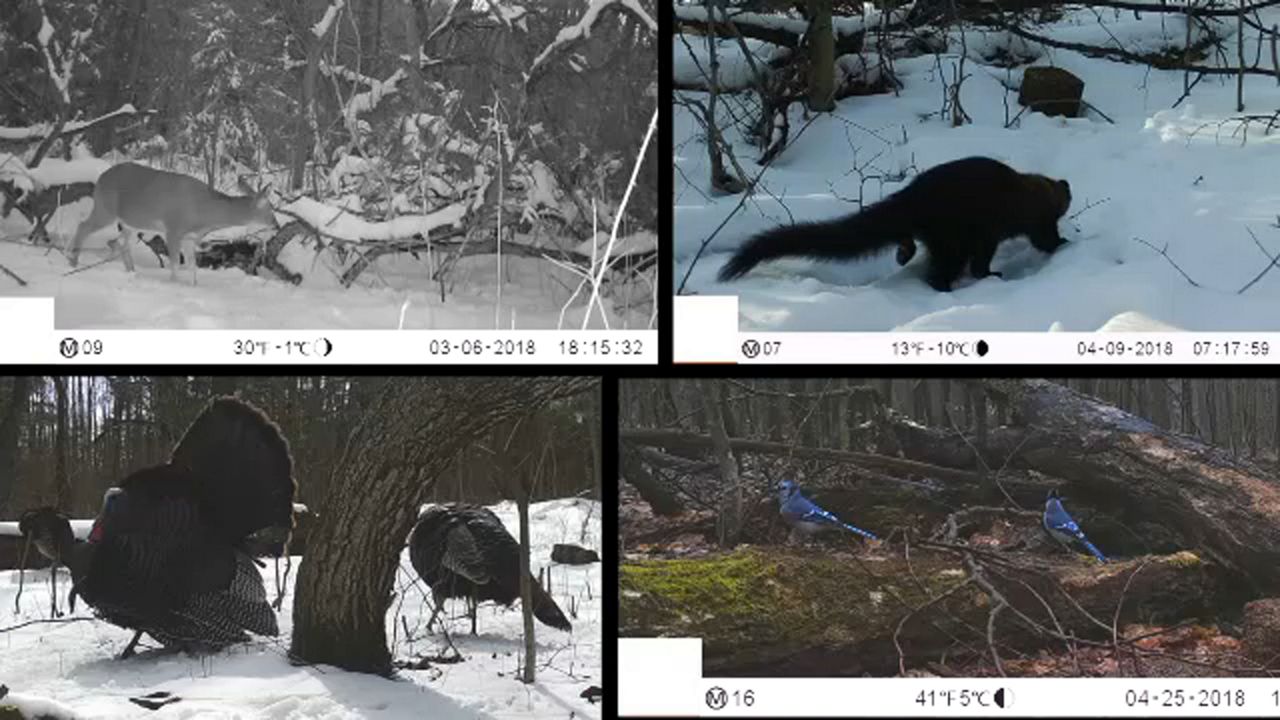On the rooftop of the College of Environmental Science and Forestry lives a native garden where a group of volunteers are preparing for the spring growing season. It's a project that can easily be duplicated by anyone.
One of the things to keep in mind is in a native garden, much of the plant material is cut into small pieces and simply left in place. You don’t need to do necessarily is haul all of the debris to a compost pile or set it out to be taken away.
In natural plantings, all of that material returns to the soil where it decomposes and returns organic matter and nutrients to the soil.
Selective pruning is best. Instead of using hedge sheers to cut everything back into nice squares and globes, selectively remove the tallest and oldest branches down to ground level, including spring flowering shrubs.
When it comes to your lawn, the only thing you need to do right now is set your mower high— particularly with all the rain that we’ve had—you’re going to need to mow every three or four days, not once a week.
You won’t need to do anything else with your lawn until we get towards Labor Day – one of the big mistakes that’s often made.
Spectrum News looks at ways to support the environment and
live a more eco-friendly life. Going Green is produced in cooperation
with the College of Environmental Science and Forestry.










